No gym, no heavy weights. Just 15-30 minutes and a space where you can easily lay down. That’s my surfing power routine.
My first surfing trip proved me one thing – I need to change my training if I want to be a surfer.
So I did.
Gym is good but not good enough
I’ve been regularly working out for 13 years. Therefore, when I was preparing for my first surfing trip I thought I was in good shape. First two days in the water changed that belief. It occurred that my shoulders, thighs and glutes are not strong enough. Struggling with waves, paddling and standing up on a board gave my muscles a hard time. After returning home I started to read more about surfing trainings and particular exercises. I selected a set of 11 exercises.
Crucial assumptions
- The training session should be brief (15-30 minutes) – I’m a busy man,
- I will only use my body weight and equipment that I already have – at this point I don’t want to invest in new equipment or gym membership,
- The most important surfing muscles must be involved + those that I like to train the most (chest, biceps, abs) – I want to keep overall athleticism,
- Apart from this routine I will train in a swimming pool at least once a week – being in water is the most important surfing training,
- I need to do this routine twice a week – consistency is a must,
- I will perform the exercises as a circuit, completing one set of each, one after the other. I will rest as little as possible between exercises, and 90 seconds to three minutes between circuits. I will do two to three total circuits, completing 8 to 12 reps for each exercise.
Warming up
Every athlete knows that this is a very important part of every training. For me, the best warm-up is to… chase my dog John 😃 This guy loves to explore new territories without warning me, what gives me a great occasion to run with different pace. It’s a great warm-up.
Exercise 1 – overhead walking lunge
I hold dumbbells overhead and brace my abs. I take a step forward into a lunge, bending my front knee until my thigh is parallel to the ground. Then I step forward and repeat with the other leg. Each step is one rep.
What is important here: to keep the balance. I try to perform this exercise slow and hold the position for 3 seconds. To achieve this I started with small weights (like ones on the picture).
Exercise 2 – dry paddling
I came up with this exercise while at the gym. I tried to imitate the paddle move which is performed during surfing session. I use dumbbells (not too heavy cause the technique is important here). First I do a little squat with both arms in front of me. I start to move the one arm down (like in front crawl). When the arm reaches the level of the shoulder I start to make a horizontal circle and put the arm into starting position – in front of me. Then I repeat the whole sequence with the other arm. Each arm is one rep.
What is important here: to keep the back straight
Exercise 3 – dumbbell push-up
I hold a dumbbell in each hand and get into push-up position on the ground. I perform a push-up, then rotate 90 degrees to my left side and raise one weight overhead. I return to the top of the push-up position and repeat on the opposite side. That’s one rep.
What is important here: balance. At first it is hard to achieve it, but performing this exercise slow helps.
Exercise 4 – clap push-up
I start with push-up position and lower my body until the chest is about an inch above the ground. I explosively push myself back up so that my hands leave the ground and I can clap in midair. When I land, I use the momentum to begin the next rep.
What is important here: speed and height 😃 You need to push yourself back really dynamic and high enough to make the clap.
Exercise 5 – wide grip pull-up
This is one of the basic exercises which has a great effect on your back muscles and can give you more power while paddling. I hacked it a little bit to be more difficult. The trick is to move your body sideways while doing the pull-up.
What is important here: people often use mostly arm power to perform that kind of pull-up. Doing a wide-grip pull-up requires to be aware of the latissimus doors muscle and use mostly this muscle to perform a pull-up. It isn’t easy at the begging. My way of doing it is to think of my back all the time („use the back, use the back”) while performing the exercise and control the arms so they won’t overtake the key role of lifting the body.
Exercise 6 – reverse grip pull-up
Another classic exercise. You don’t use biceps a lot while paddling but this muscle is a foundation of a strong arm.
What is important here: to lift up the chest as high as possible while keeping straight back. It is good to hold the position for 2-3 seconds and then slowly lower yourself to the starting position.
Exercise 7 – rope press down
I do this exercise whenever I’m in the wakeboard park area, but it is absolutely possible to use dumbbells or so called TRX lines instead of wakeboard rope. I start with straining the rope behind my back with both arms straight above my head. Using the tension of the rope I bend the arms and keep the tension for 2-3 seconds. Then I come back to the starting position. That’s one rep.
Strong triceps is important for performing a duck dive when you push your board down under the wave.
What is important here: to keep the back straight.
Exercise 8 – dumbbell squats
I hacked the classic squat with adding dumbbells. This way while working on the balance and strength of the tights I can strengthen my shoulders as well (very important paddle muscles).
What is important here: the most important rule of doing a squat is to remember that while making a squat the knees shouldn’t cross the line marked by the feet. Imagine you have a wall in front of your toes and you can’t touch it with your knees. That’s the proper way of performing this exercise.
Exercies 9 – planks
Planking develops strength primarily in the core – the muscles that connect the upper and lower body – as well as the shoulders, arms and glutes. My favorite planks are forearm plank and side plank.
Forearm plank
I start with placing the forearms on the ground with the elbows aligned below the shoulders, and arms parallel to the body at about shoulder-width distance. I squeeze the abs and the glutes and stabilize my body. I also neutralize the neck and spine by looking at a spot on the ground about a foot beyond the hands. I hold the position for 30 seconds.
Side plank
This variation better engages the obliques or the side muscles of the core, than a standard plank. I lay myself on one side with the legs stacked on top of one another then prop the body up on the elbow while keeping the feet stacked. I hold the position for 30 seconds and then I change the side.
What is important here: keeping the muscles tight and keeping the body in the straight line.
Exercise 10 – prone swimmer
I lay facedown on the ground and extend the arms and legs. I slowly raise them off the ground simultaneously, then pull my arms down toward the sides. I repeat this sequence, as if I was doing a breaststroke, keeping my arms and legs elevated throughout the set.
What is important here: to really hold arms and legs elevated throughout the set. It can be challenging.
Exercise 11 – stretching
I use these two basic stretching exercises (cobra stretch and child pose stretch) as one sequence. First, I lay myself facedown, I put my arms next to the shoulders and I raise my torso up. I stay in this position for 5 seconds and then slowly raise my glutes to put them on my feet. At the same time I put my arms forward on the ground trying to reach as far as possible. My head is down. I take 2-3 deep breaths staying in this position.
What is important here: breathing.
Mind hacking
I like to work out, but sometimes I just don’t have energy or motivation to go on. That’s why I use these methods to keep me going:
1. I change exercises once in a while – whenever I’m bored I reorganize my training.
2. Whenever it’s possible I work out with someone – it’s more pleasant that way and it gives this feeling that a training is some kind of obligation.
3. If I don’t have the power to do a regular routine I do something simple like round of push-ups and pull-ups throughout the day.
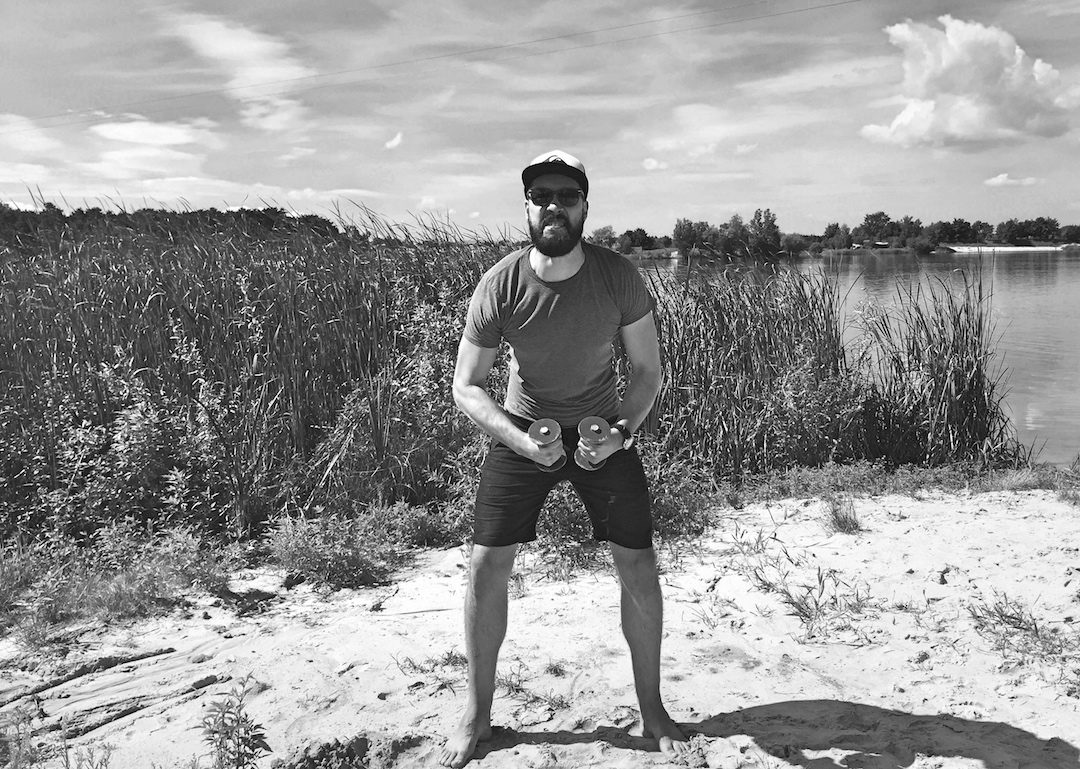
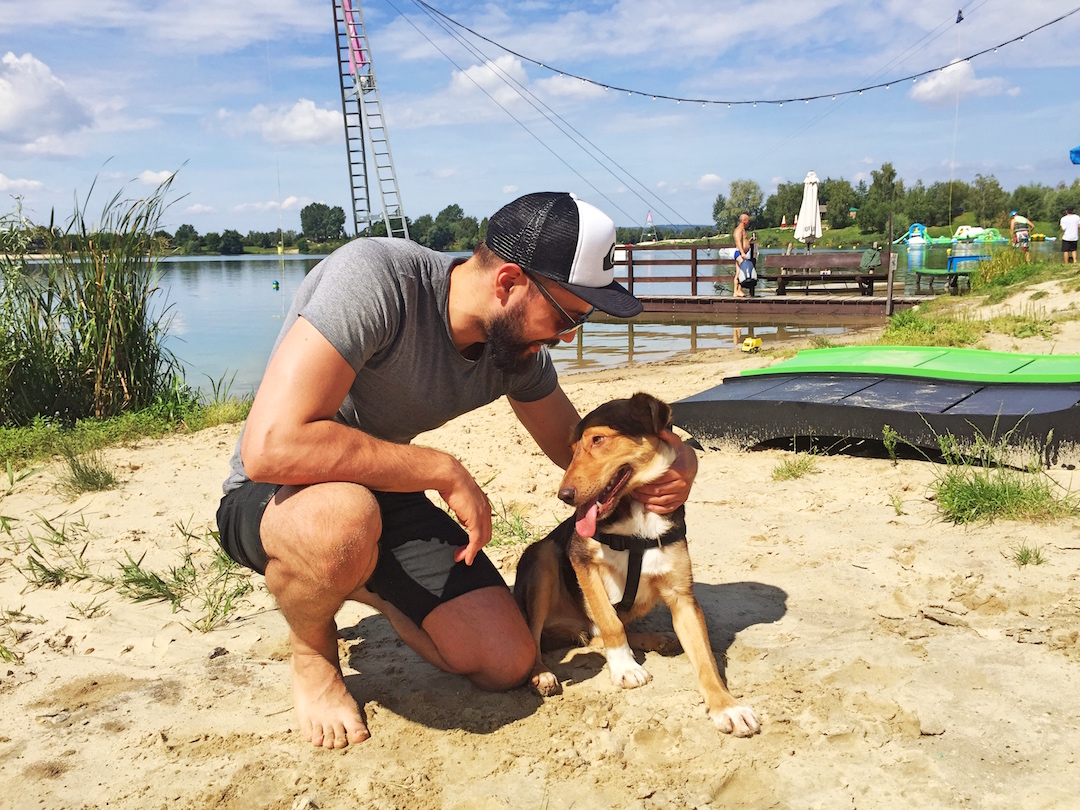
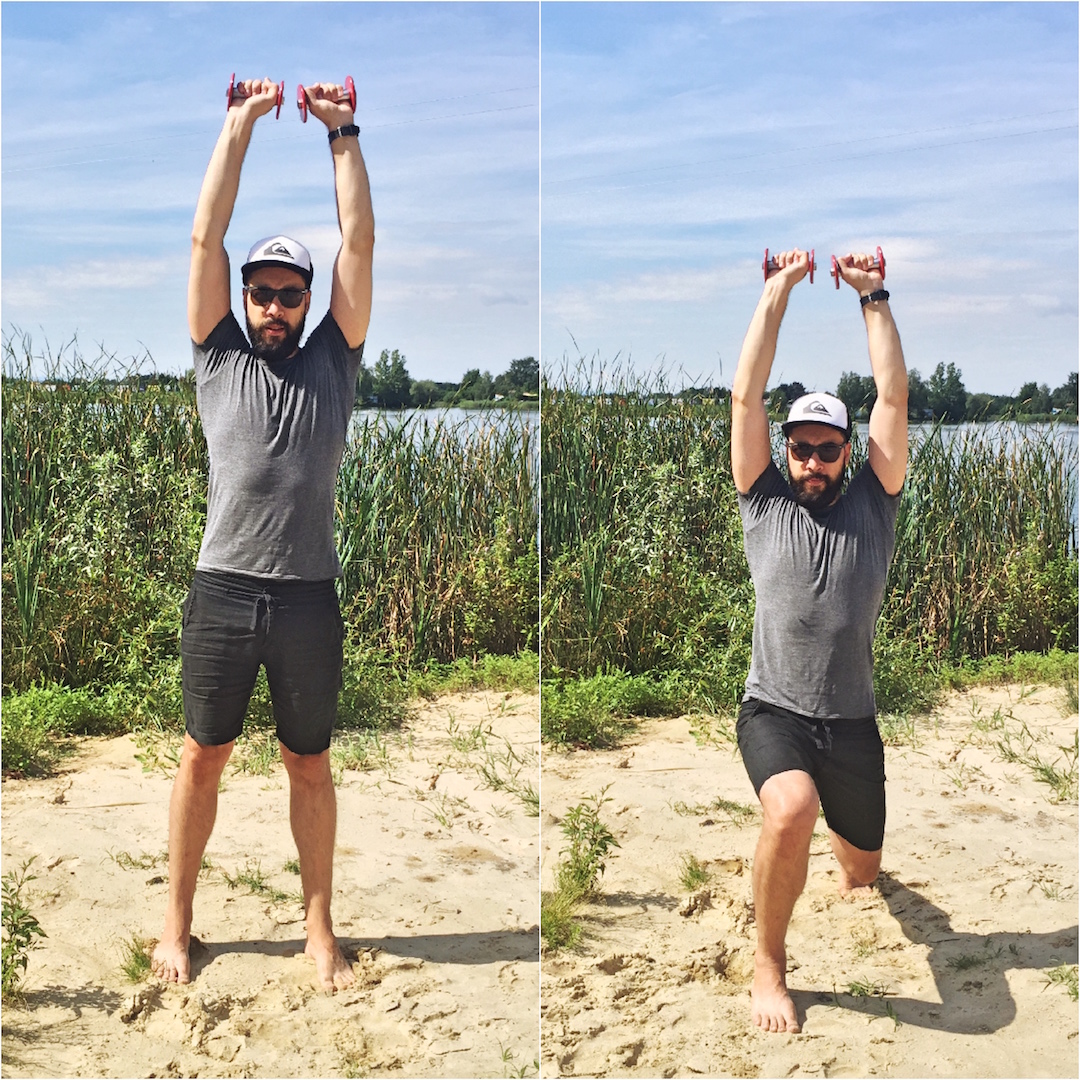
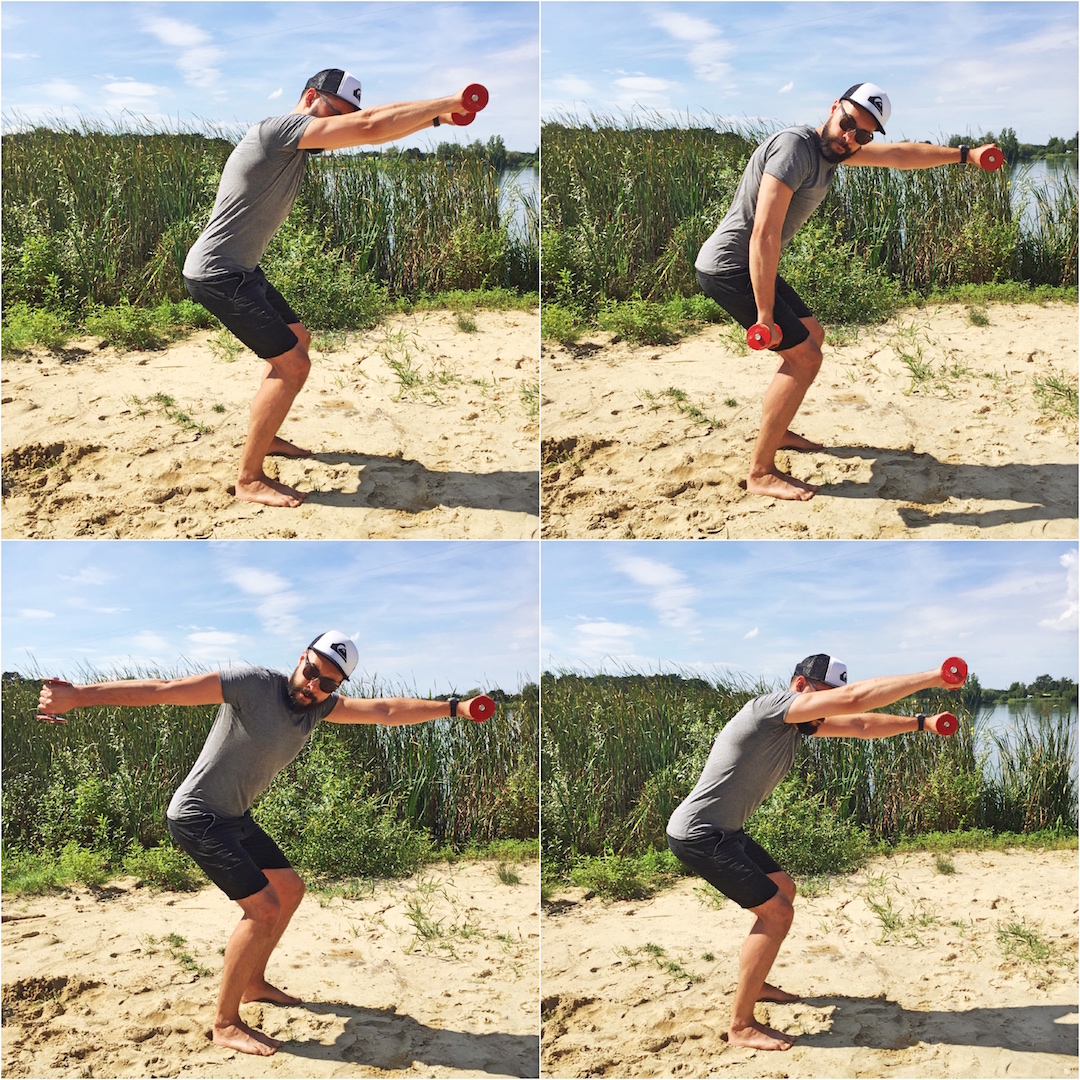
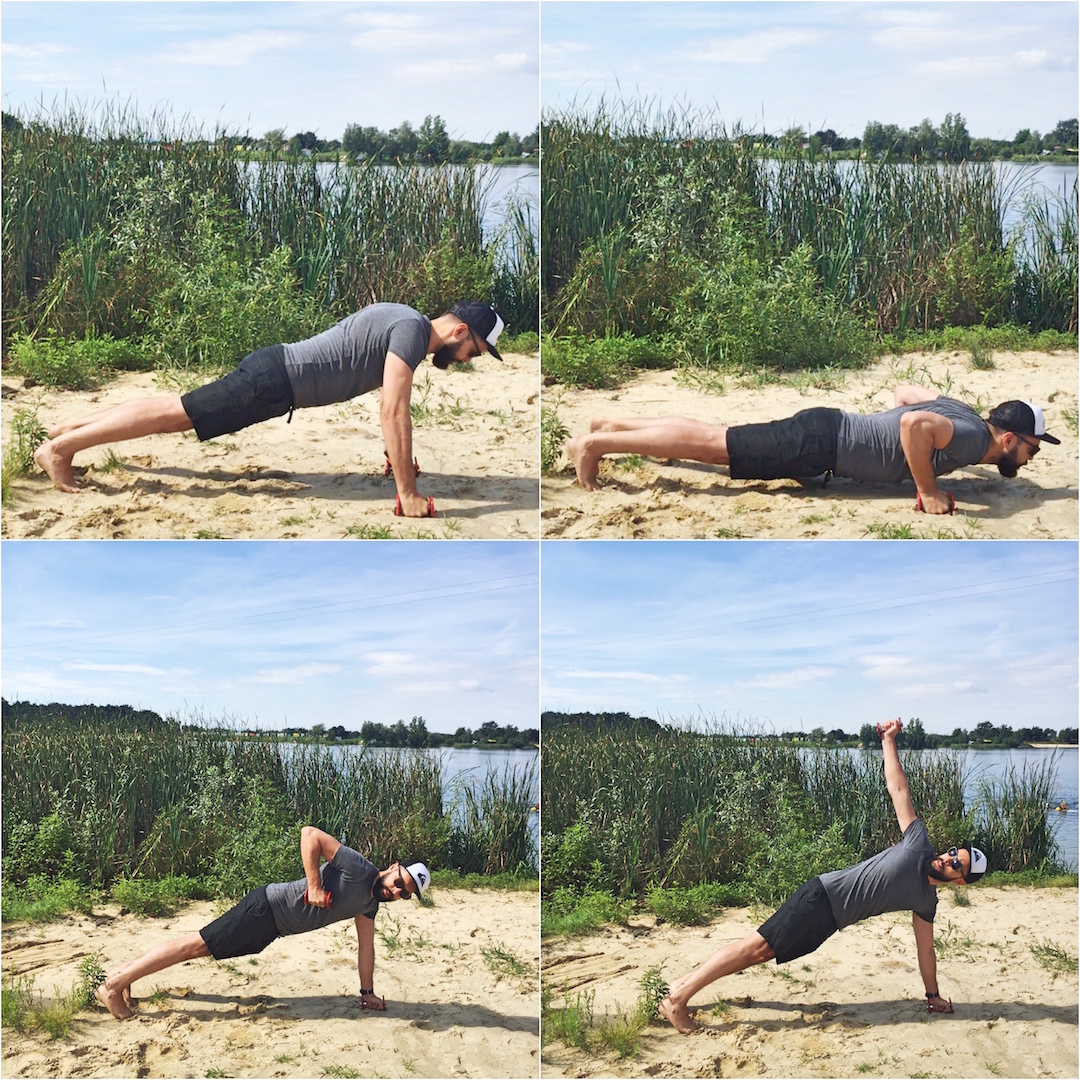
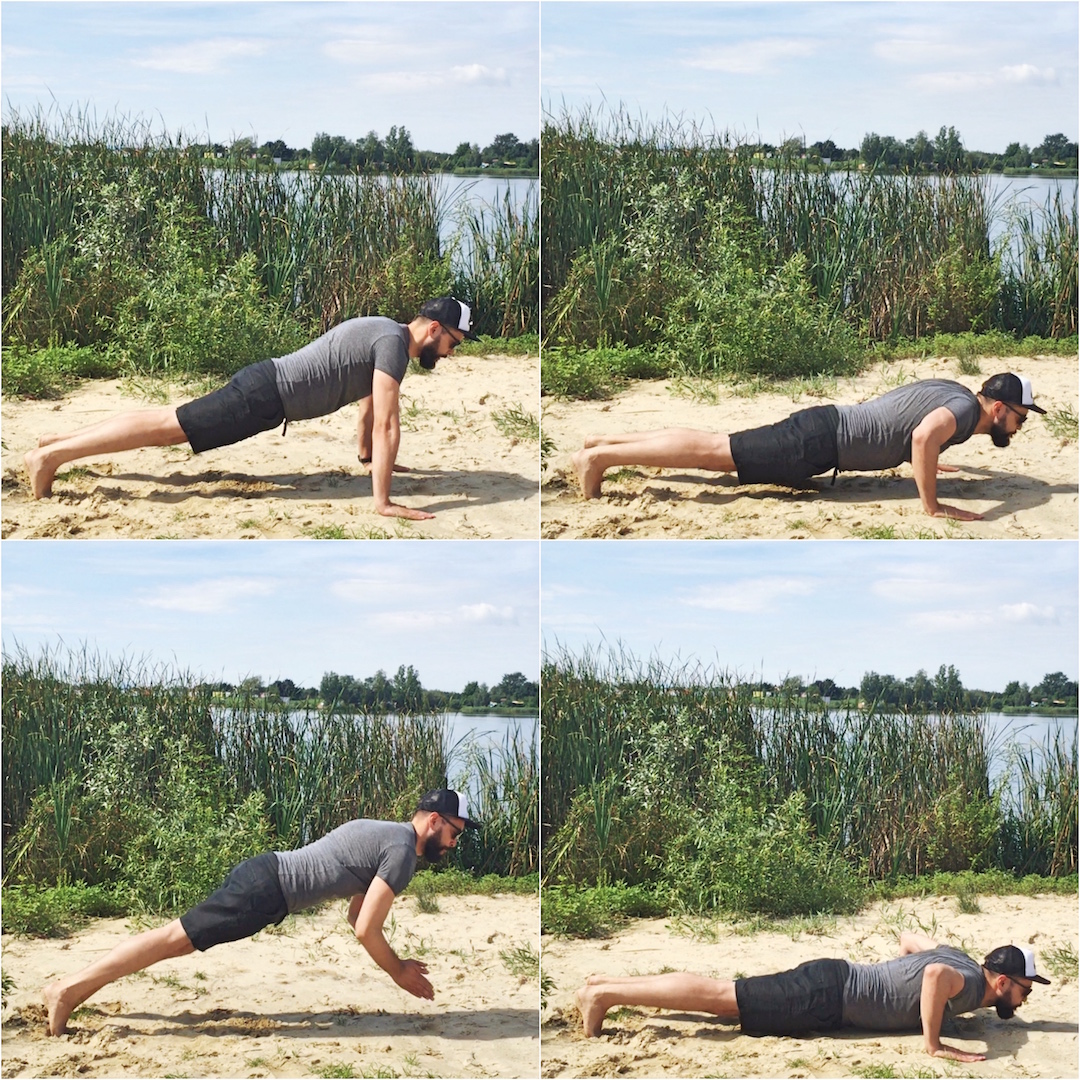
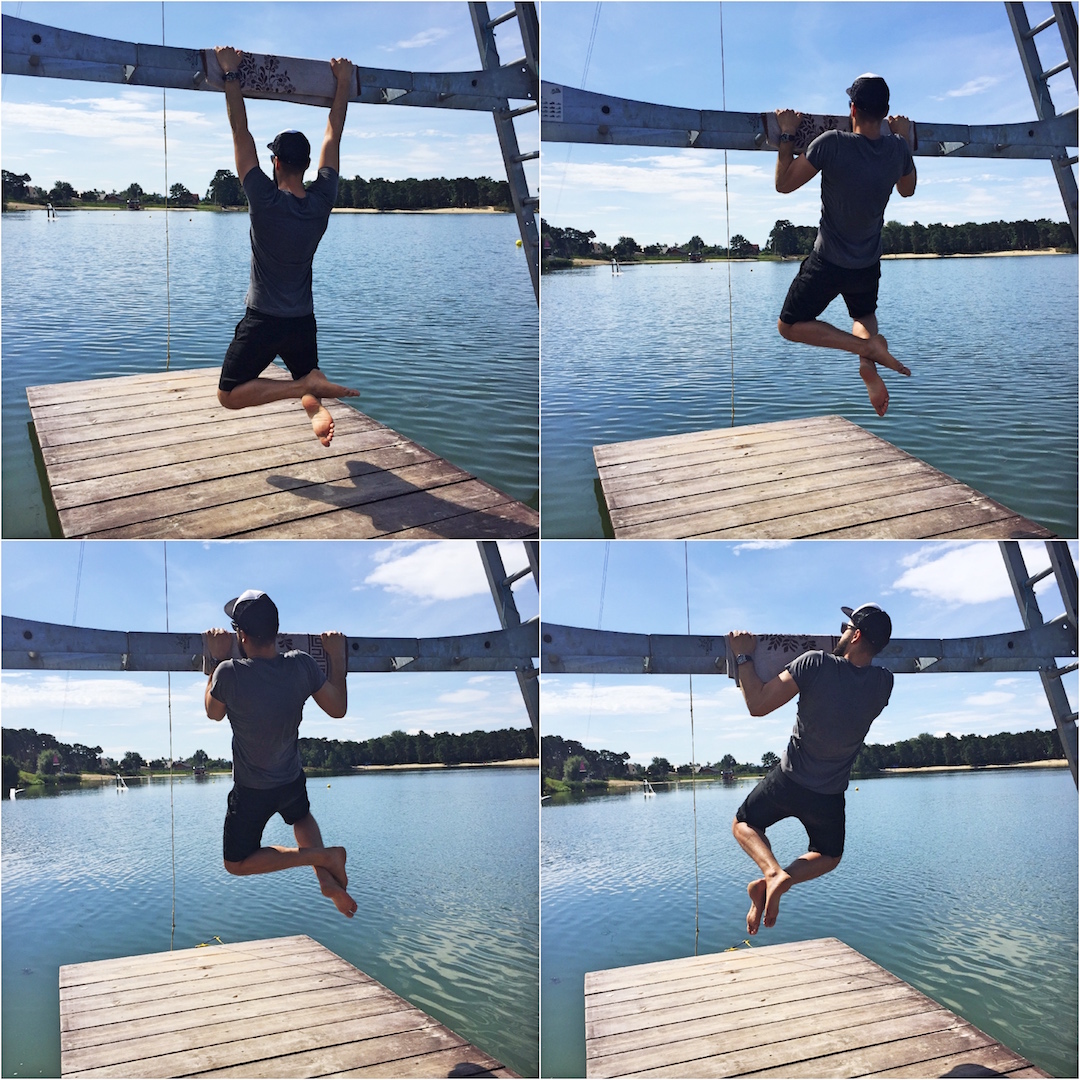
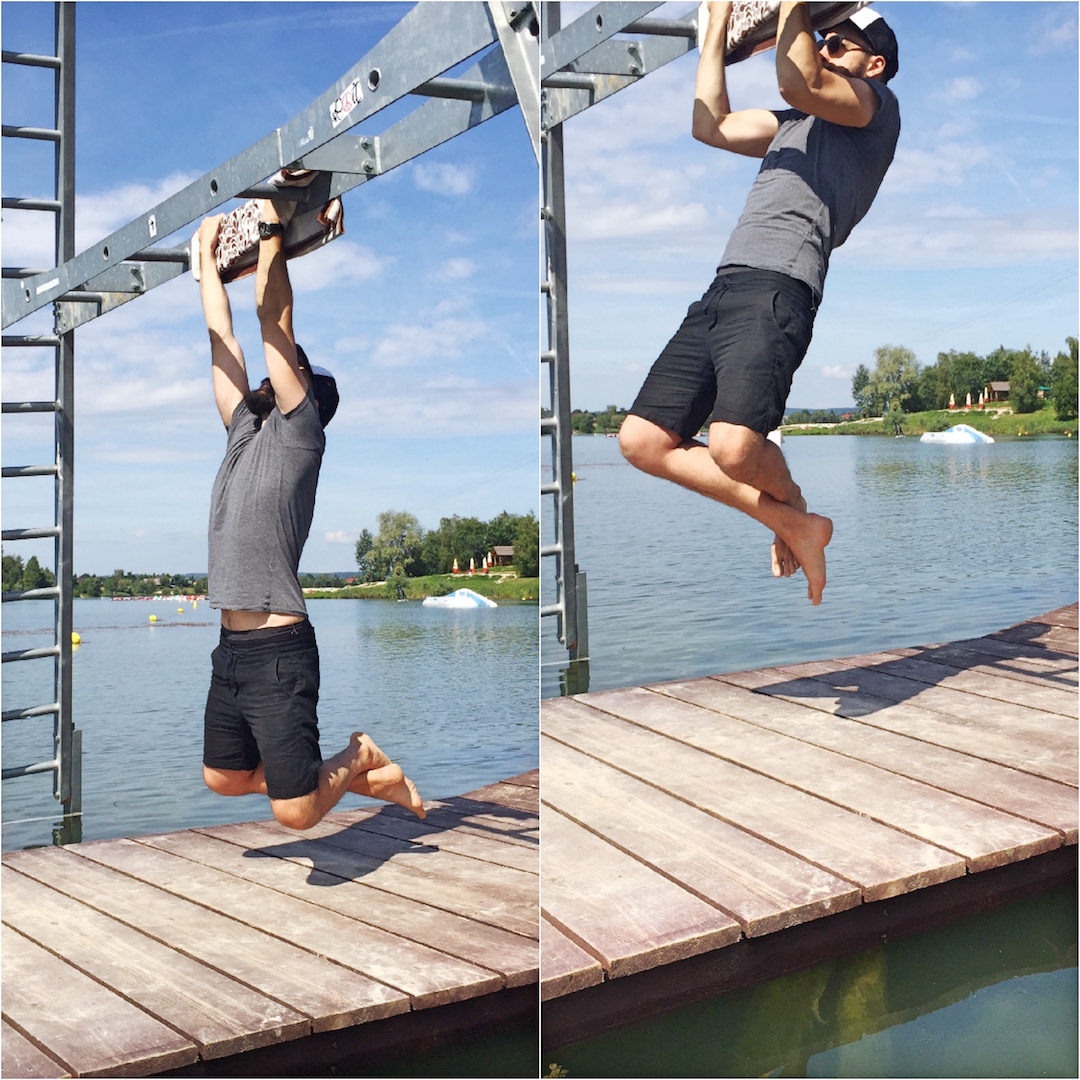
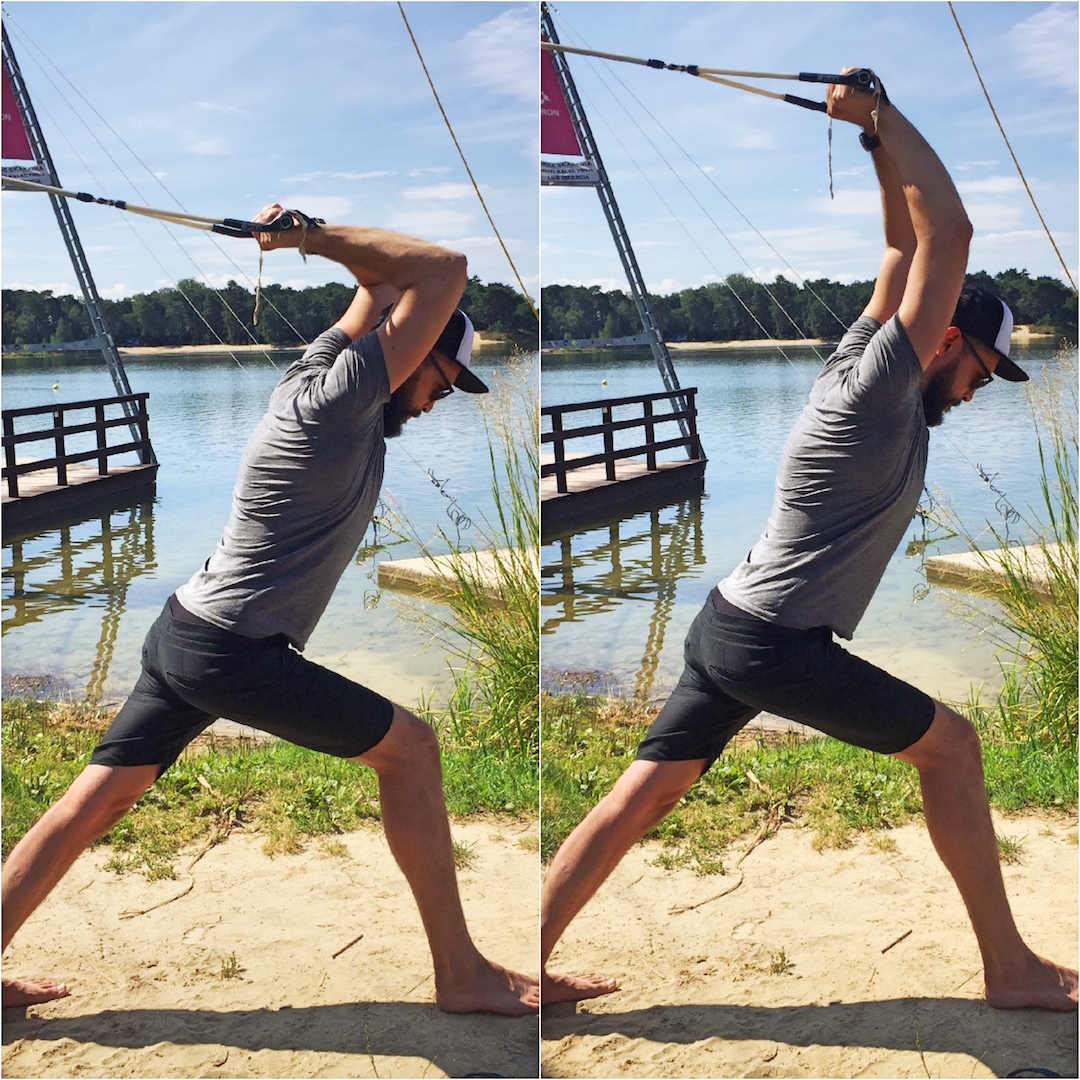
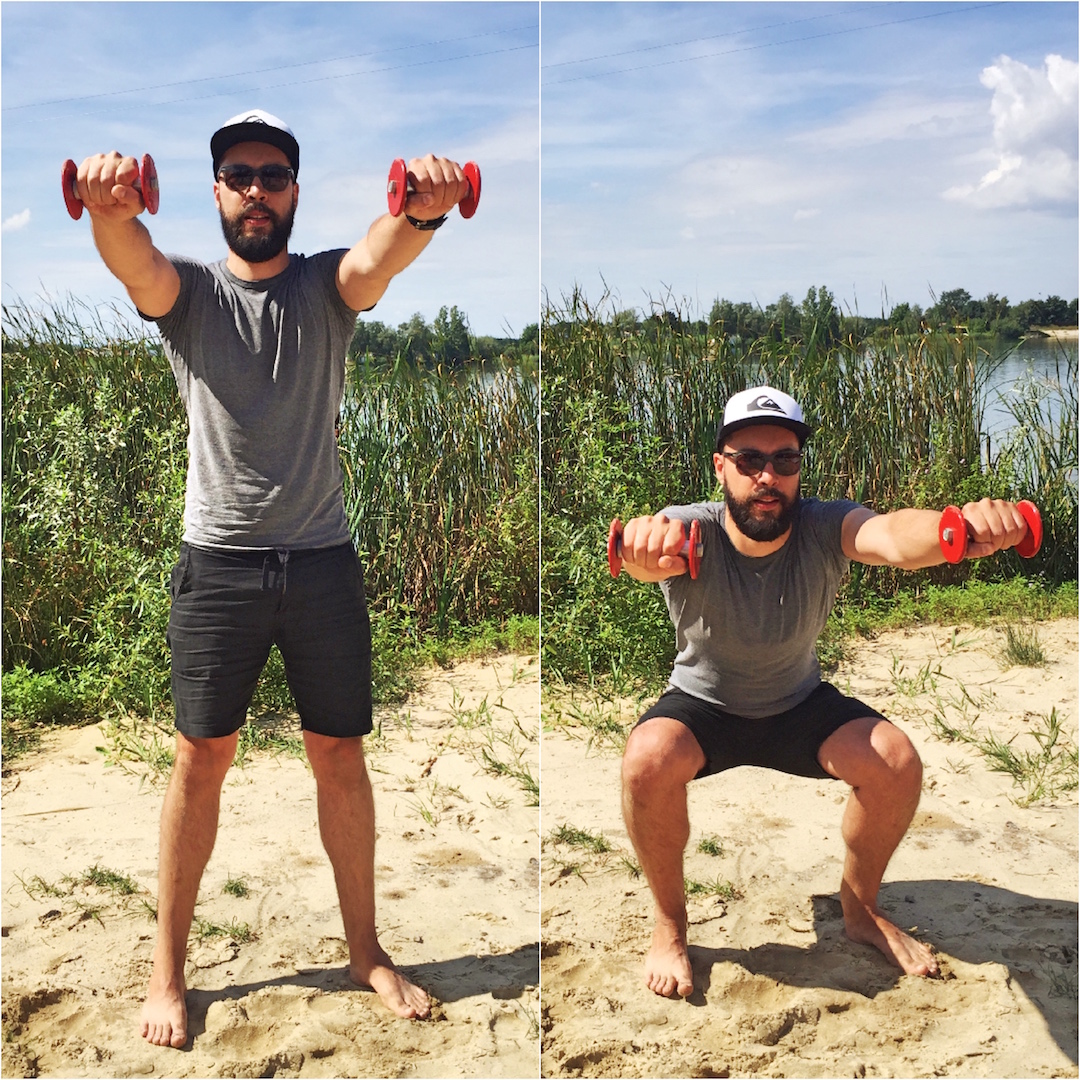
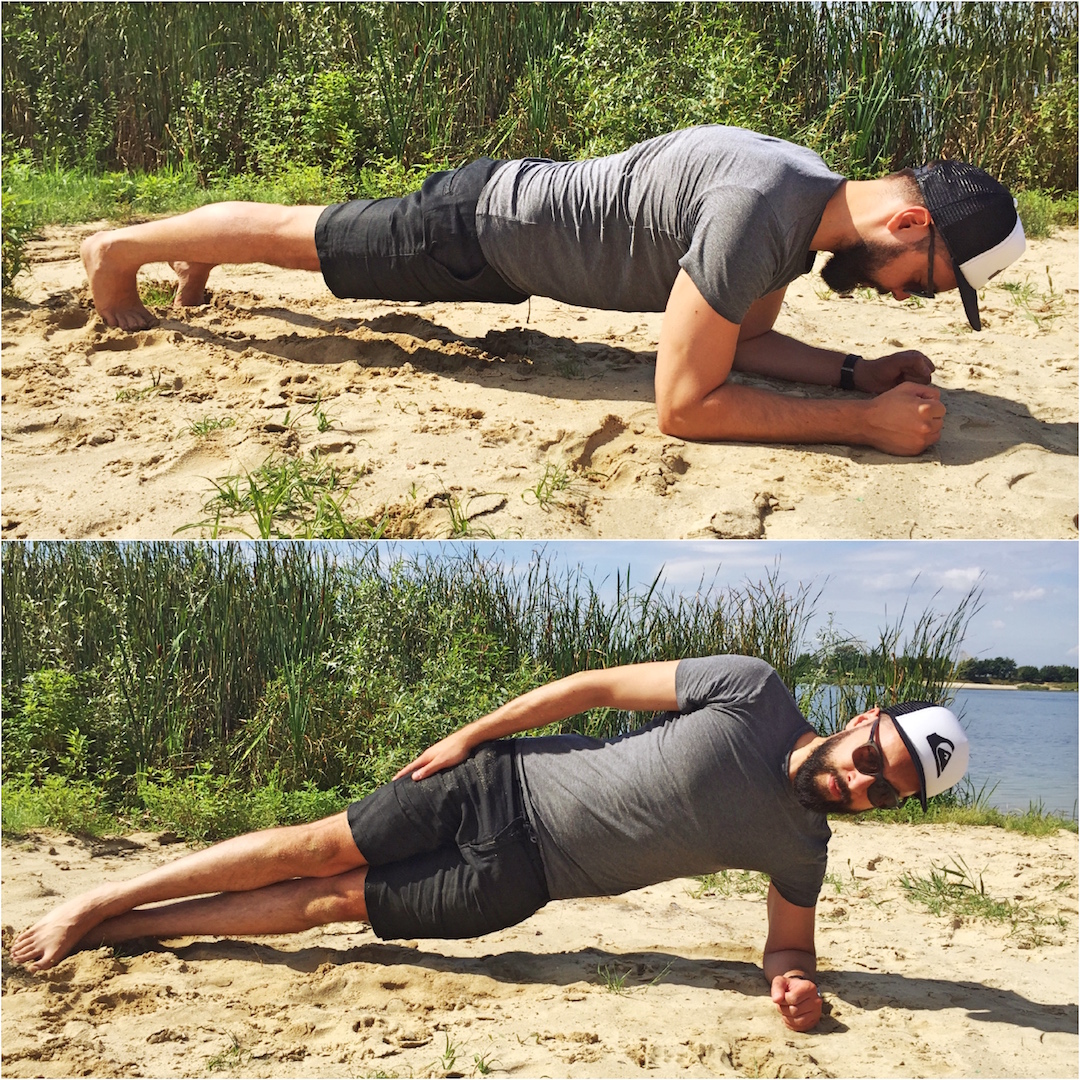
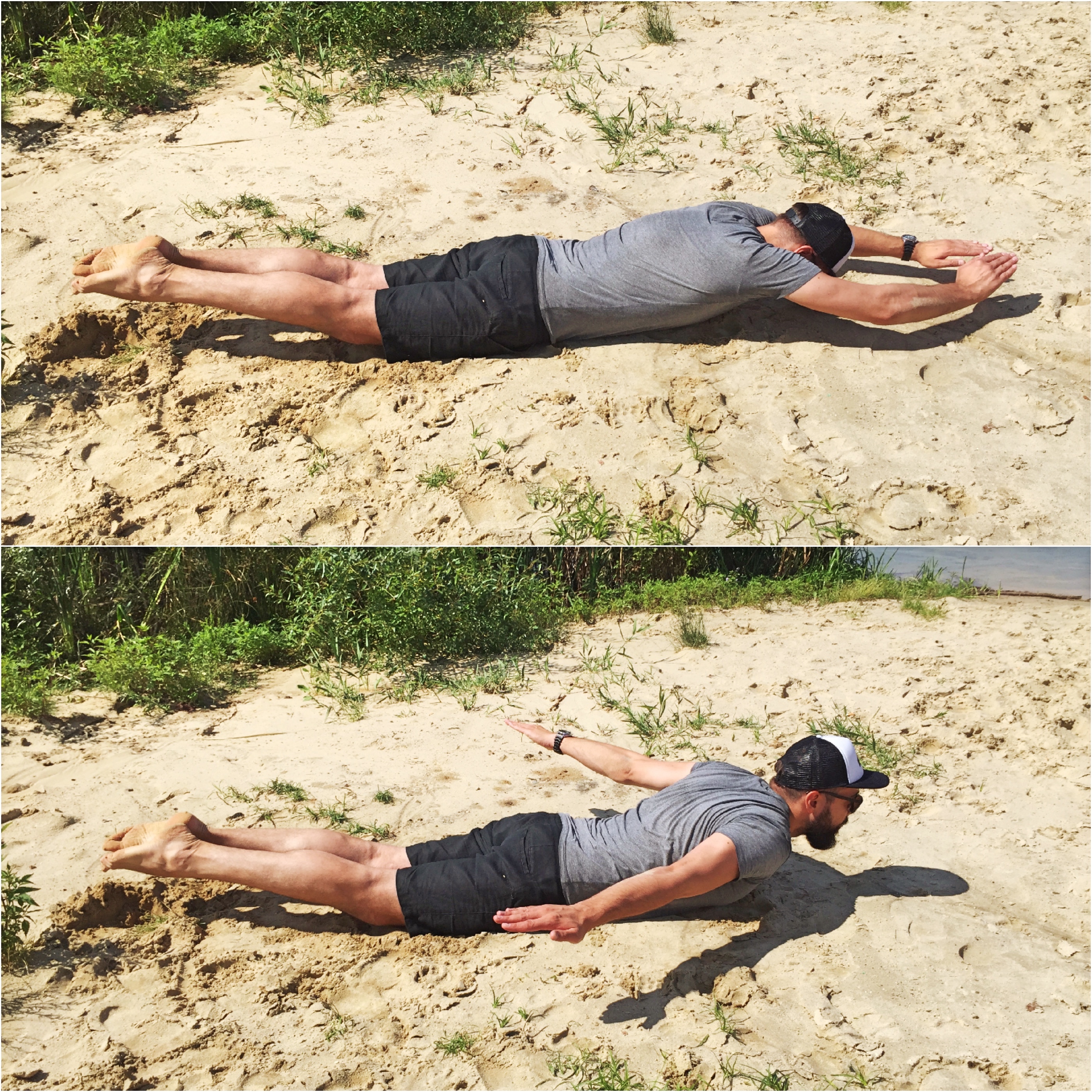
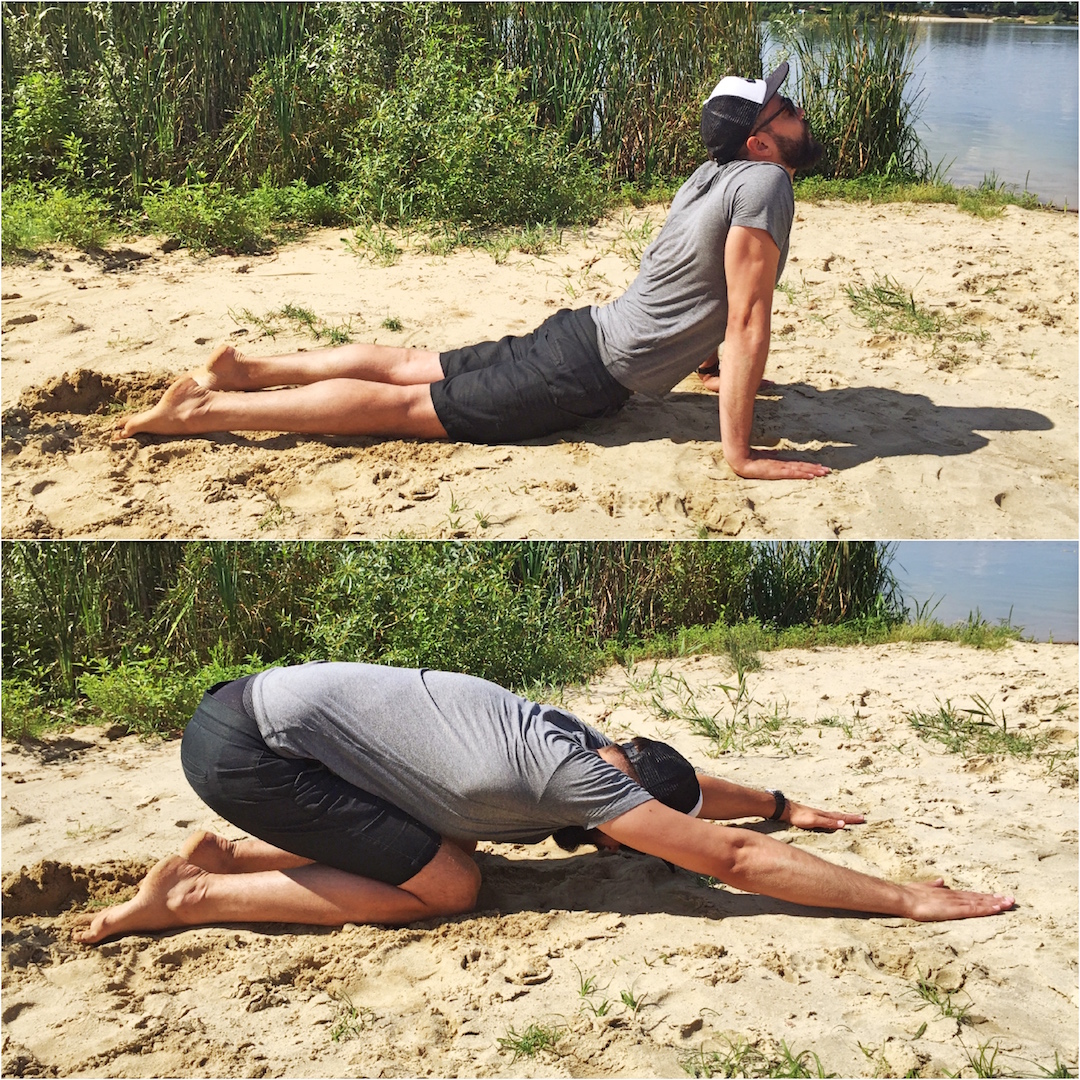
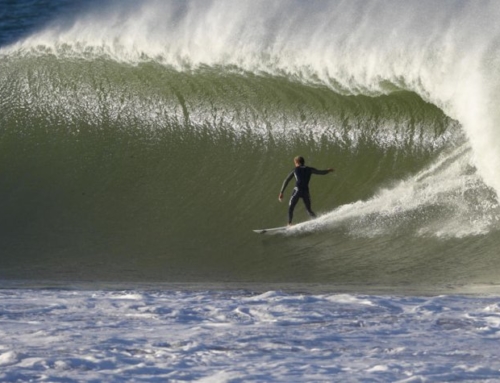
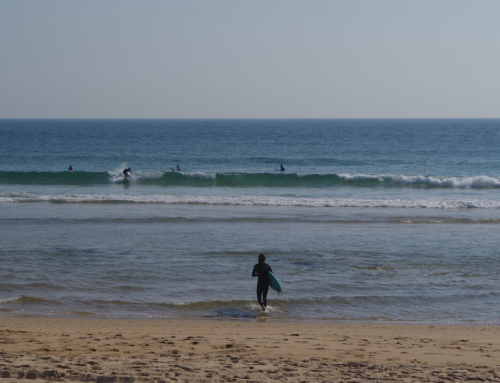
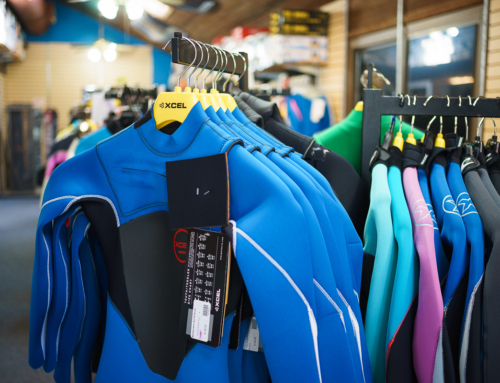
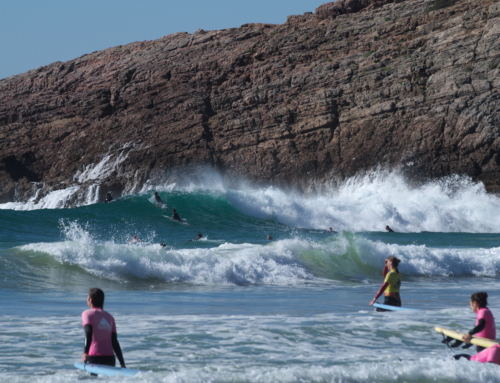
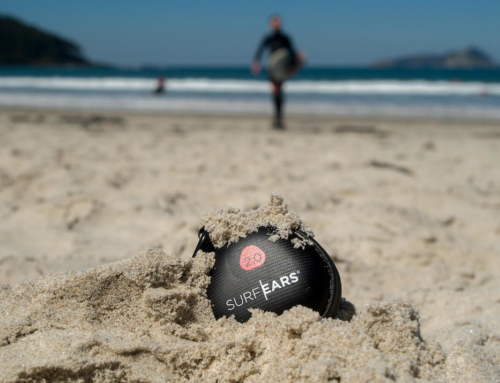
Leave A Comment